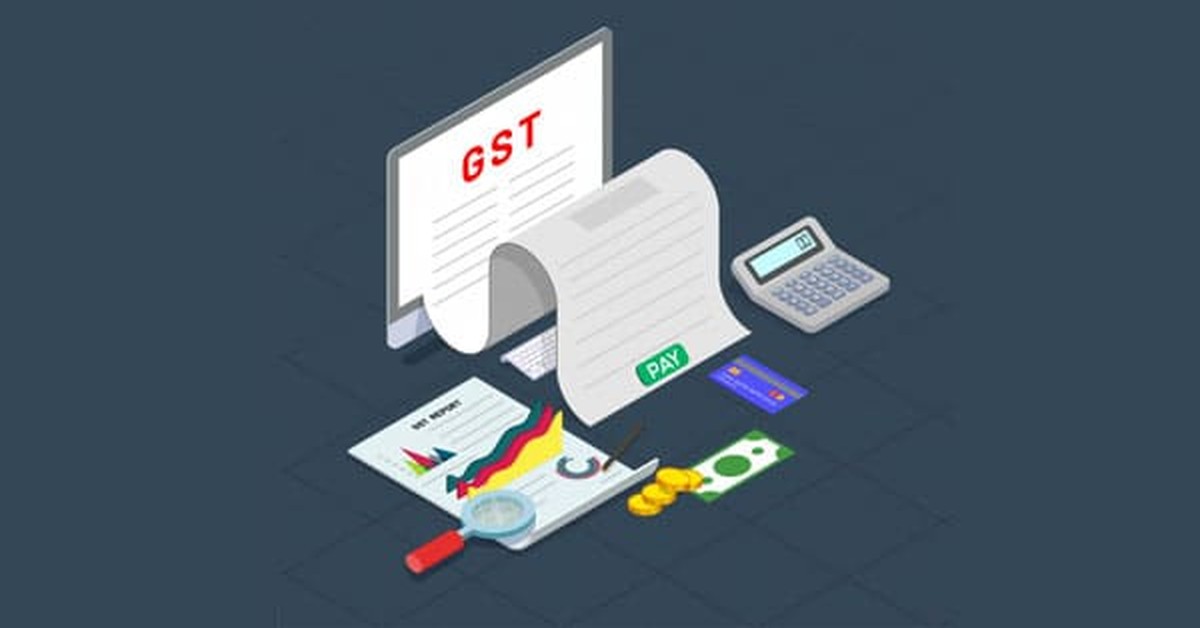The term 'litigation' is officially defined as the process of taking legal action in a court of law. There are two main types of tax litigation - Direct Tax and Indirect Tax. GST Litigation falls under the indirect tax litigation in India.
In this article, we will discuss the basics of GST litigation and how to deal with it.

What is GST Litigation?
When a taxpayer files a GST return, there are several things that get converted to litigation later on which may be related to claiming ITC and GST refunds. In simple words, GST litigation includes all the litigation like carry forward of transitional credits from the previous indirect tax system, eligibility for the input tax credit on various goods/services and denial of refund claims, non or short payment of output tax liability.
The taxpayers must be aware that they are prone to the risk of being audited by the tax authorities during which all their tax positions, payments and compliances would be verified. Further, the revenue department has the necessary infrastructure to conduct such audits in a seamless manner. Moreover, the litigation process and conducting of audits are governed by the GST Act and rules made thereunder.
In case of defaults noticed during audits, penalties would be levied. Interest implications could also arise for non-payment or short payment of taxes.
In a situation where the taxpayers do not agree with the outcome of audits or assessments, a fair appeal mechanism is in place. Such appeal mechanisms are independent and unbiased towards the parties.
Types of Notices that GST department can issue
Pre-Litigation Notices under
- Section 61: Scrutiny of Returns
- Section 65: Notice to Conduct Audit by tax authorities
- Section 66: Special Audit by Chartered Accountant appointed by Tax authorities
- Section 67: Inspection, Search & Seizure
- Section 70: Summons
Litigation Notices under
- Section 73: Show Cause Notice (SCN) for Demand under Normal Period - Can be issued within 33 months of the GSTR-9 due date.
- Section 74: SCN for Demand under Extended Period - Can be issued within 54 months of the GSTR-9 due date
- Section 76: Notice for the demand of Tax collected but not deposited
Other Notices under GST Litigation
- Blocking of Credit under Rule 86A - 20%/10%/5% ITC Rule - 2A Reco
- Notice under Sec 79 for remitting - outstanding amount due to a Vendor - to the department on account of Vendor default
- E-Way Bill Notices
- Investigations by: Intelligence/Preventive/Anti- Evasion/CAG
What is the GST Litigation Process?
The assessee can follow the below process in order to streamline multiple ongoing cases/litigations.
- Analyzing the Notice/ SCN/ Order: After receiving the notice or show cause notice (SCN) from the GST department, it is important for the company to analyze it and verify it.
- Briefing the company and discussing the way forward: The next step is to prepare the company brief and decide how to deal with the notice, and make a plan of action to ensure defending the company at all costs.
- Collating required data/information/reconciliations: In order to prove your company's case, you will need a lot of pieces of evidence, documents, data and related information that you need to collate and produce before the officials.
- Verifying and Validating the aforesaid data/information: After collecting the data, it is also necessary to verify and validate it so as to maintain accuracy.
- Drafting suitable Reply/Appeal after in-depth research for legal precedence: Once the information and documentation is in place, now you need to draft a suitable reply to the notice received.
- Submitting the Reply/Appeal: Once the reply or your appeal is ready, you need to submit it to the department. No
- Appearance before Adjudicating Authority/Commissioner (A)/Tribunal: The last part of the process is taking part in the case appearance before the Adjudicating Authority to defend your case.








 CAclubindia
CAclubindia
